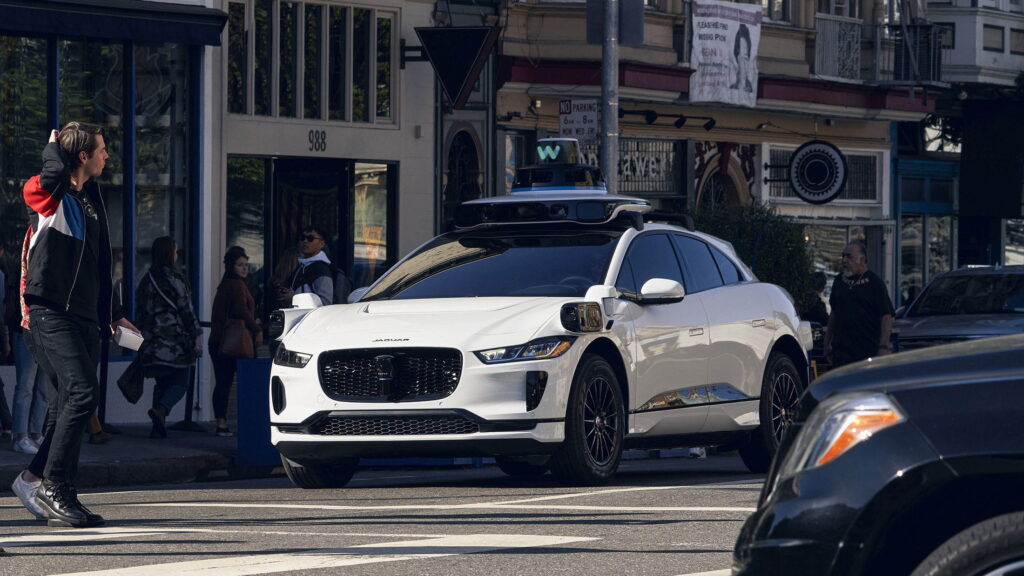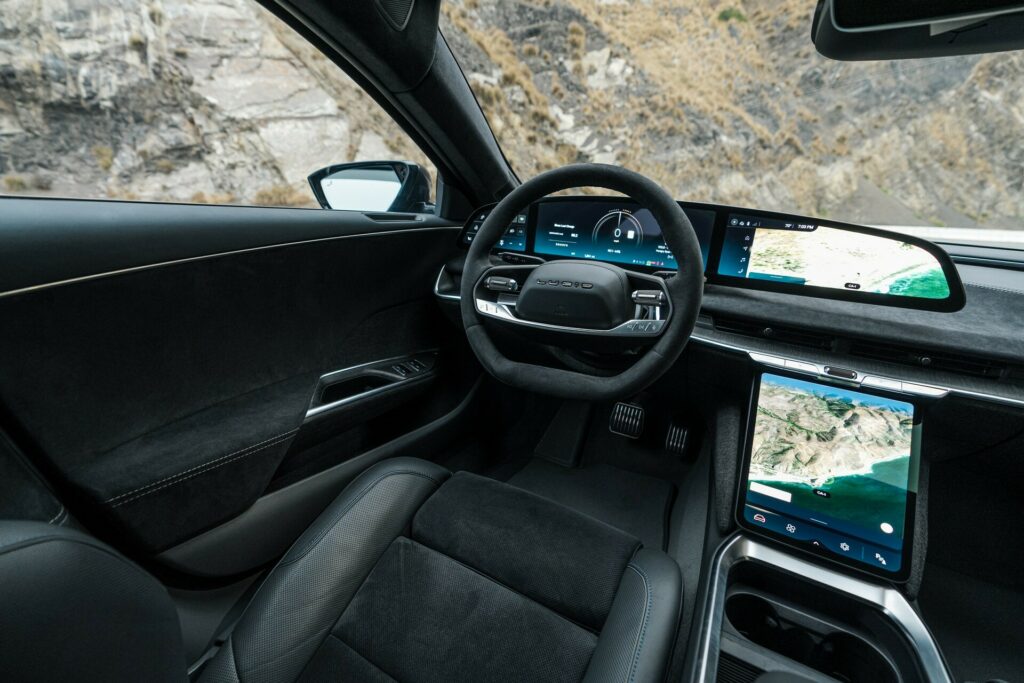Editor’s note — A previous version of this article insinuated blanket advocacy of three-point, lap-shoulder seatbelt usage. Instead, NAPT said it is aligning itself with NTSB’s recommendation that lap-shoulder seatbelts be required on all new, large school buses, and that decisions to purchase the occupant restraints be made at the local level.
Citing technological advances and repeated recommendations by the National Transportation Safety Board, the National Association for Pupil Transportation (NAPT) said three-point, lap-shoulder seatbelts in all school buses.
The position marks a significant evolution in NAPT’s stance on seatbelts, though it has always called for local control of the issue. The paper encourages members “to recognize and manage issues related to driver liability and adherence to school policies in the implementation of any district program related to the installation and use of lap-shoulder belts.”
Still, the association said further testing on lap-shoulder seatbelt effectiveness by the National Highway Traffic Safety Administration is long overdue.
NHTSA’s limited testing resulted in the 2011 requirement of lap-shoulder belts on school buses weighing less than 10,000 pounds because those vehicles closely resemble crash forces absorbed by smaller passenger cars and trucks in collisions.
However, in that same rulemaking, NHTSA declined to mandate lap-shoulder belts on larger school buses but did provide specifications to be used by operators opting to install them. In 2015, NHTSA recommended that school bus operators should install and use lap-shoulder belts on large buses because, while school buses are the safest vehicle on the road, the belts would increase safety for student riders.
NAPT has been calling on NHTSA to revisit the issue for years.
“In the absence of a scientifically based mandate from NHTSA, NAPT believes it is important that the decision to install and utilize lap-shoulder belts is made at the local level and that our efforts should support and facilitate those decision-making processes,” the paper states. “NAPT sees our role as encouraging informed conversations at the local school district level and, where appropriate, at the state level, and enabling our members to engage in those discussions with reliable and timely information.”
NAPT said its decision to issue this position paper stems from ongoing debates and evolving circumstances surrounding school bus safety. NAPT pointed to National Transportation Safety Board (NTSB) investigations that have highlighted instances where the absence of seatbelts contributed to injuries and fatalities. These findings, NAPT said, coupled with advancements in safety technology, prompted a reassessment of its previous stance and the need to provide updated guidance to its members.
“Accordingly, at this time, the board of directors has determined that NAPT should adapt our posture and statements on the issue of lap-shoulder belts on school buses to recognize the value and importance of NTSB’s recommendations, and the evolution of school bus safety technology,” the paper notes.
NAPT said it also firmly opposes the installation and use of two-point lap belts. It also continues to recommend that decisions regarding the installation and use of lap-shoulder belts should be made at the local level, supported by informed discussions and reliable information.
NAPT Executive Director and CEO Molly McGee Hewitt told School BusRIDE the new position was shared with the National Association of State Directors of Pupil Transportation Services, the National School Transportation Association, and state association affiliates.
“We have also shared them via email with the relevant federal agencies and will meet with them over the spring months as they transition to new leadership,” she added. “We will also bring the statement to other national education associations like the superintendents, school business officials, and the PTA. This kind of sharing will give our members a basis for support back in their districts.”
NAPT said it will provide future informational sessions in the form of webinars, conference sessions and podcasts to assist and support members in the making decisions on whether or not to specify lap/shoulder seatbelts on school buses.
An NAPT spokesman said the position paper was completed and approved in the fall. It was publicly announced in a School BusRide article on Tuesday.
Related: School Bus Safety Act Renews Call for Seatbelts, Other Safety Improvements
Related: Oklahoma Latest State to Introduce School Bus Seatbelt Bill
Related: Blue Bird Announces Standard Lap/Shoulder Seatbelts on All School Buses
Related: N.Y. Legislature Passes Bill Requiring Students to Wear Seatbelts on Chartered Trips
The post Updated: NAPT Issues New Position on School Bus Seatbelts appeared first on School Transportation News.








